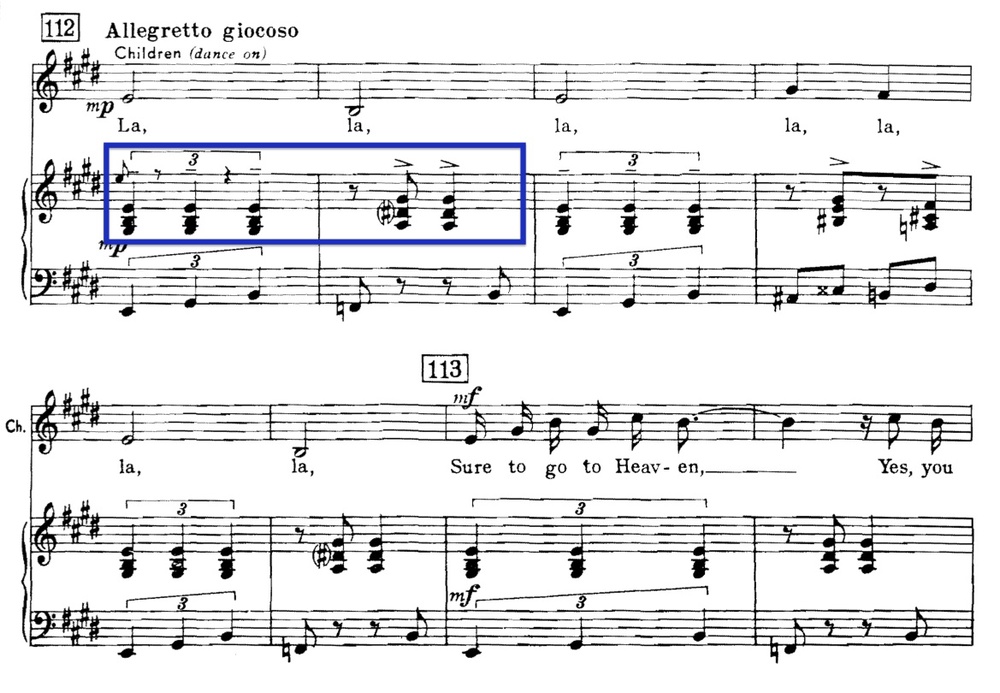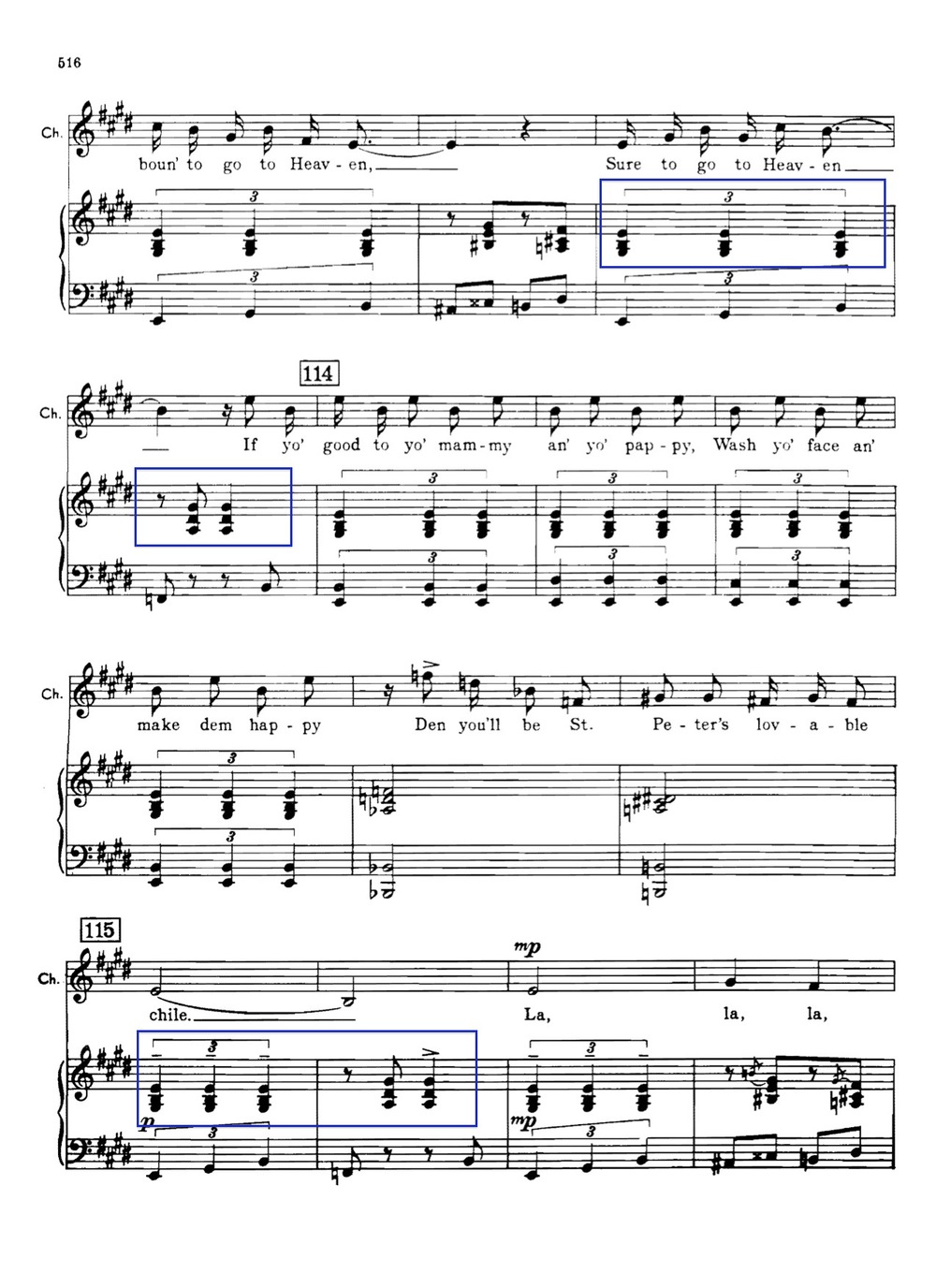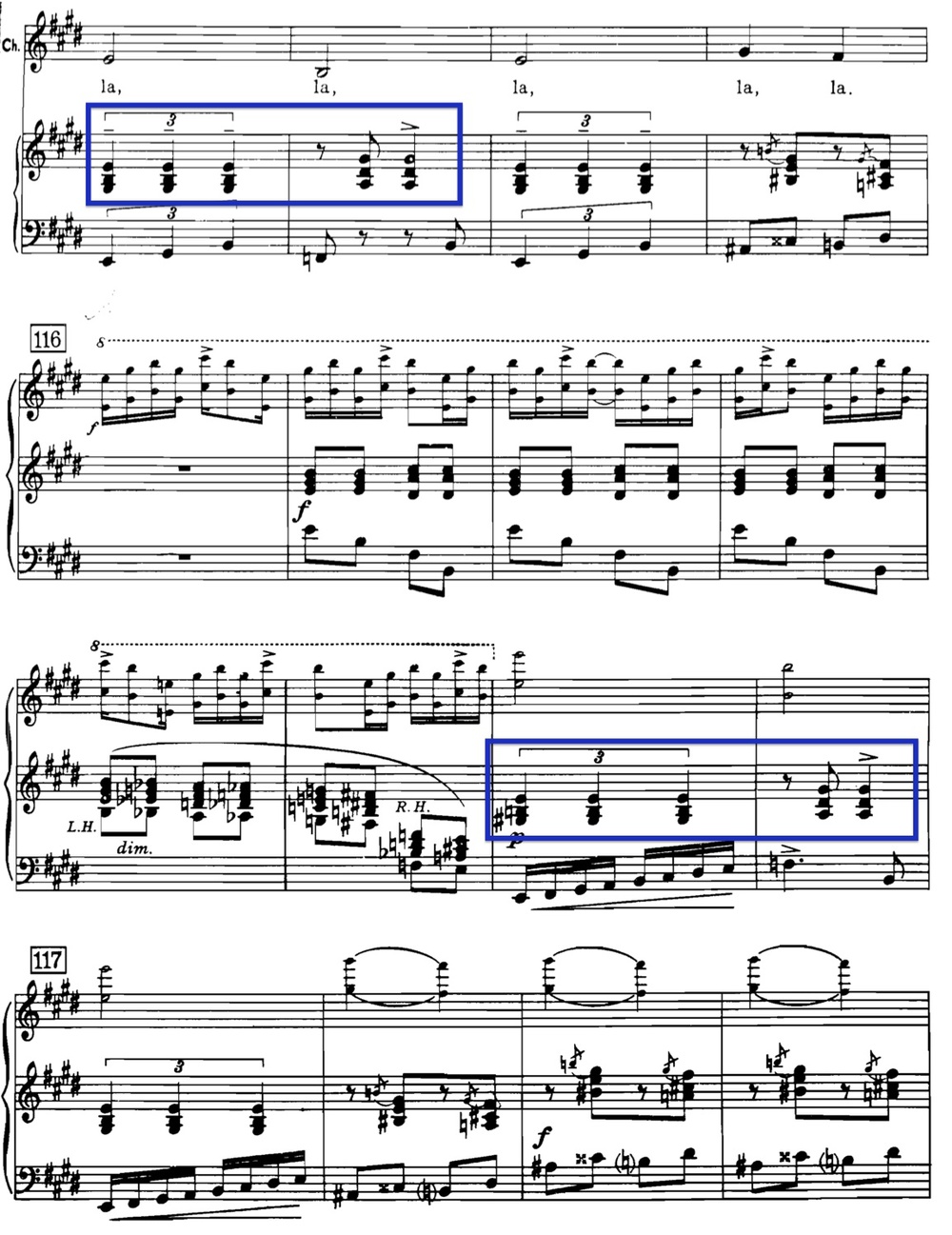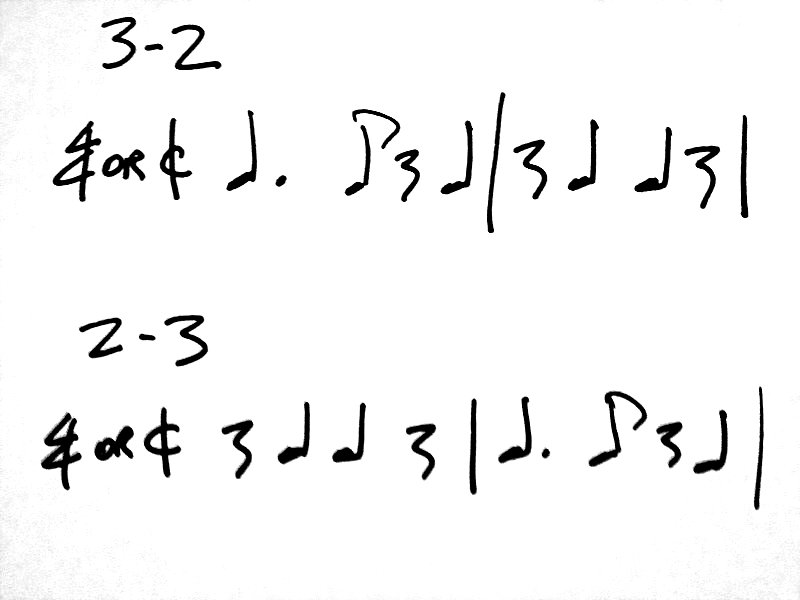Tuesday's Poem - 11/9/10
Happy Birthday Sousa!
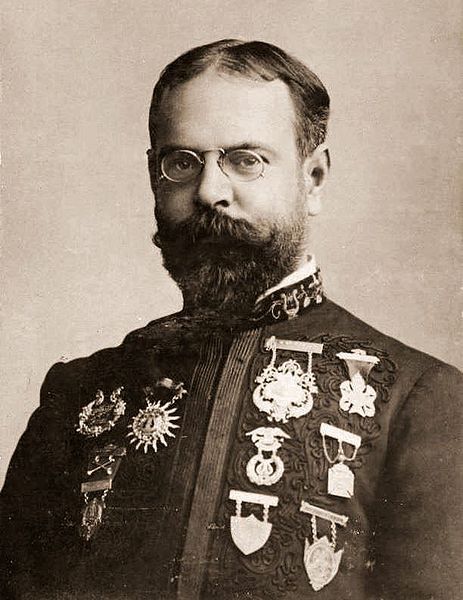 Happy 156th birthday to one of America's most famous musicians, John Philip Sousa! He made The President's Own into a world-class ensemble, and, with his own band, toured the country and brought fine music to thousands, if not millions. And of course, there's his namesake instrument.
Happy 156th birthday to one of America's most famous musicians, John Philip Sousa! He made The President's Own into a world-class ensemble, and, with his own band, toured the country and brought fine music to thousands, if not millions. And of course, there's his namesake instrument.
"Grand opera is the most powerful of stage appeals and that almost entirely through the beauty of music."
In addition to being the March King, Sousa wrote ragtime pieces, several operettas, and many transcriptions, including Wagner's Overture to Tannhäuser:
It's so well-done that you don't miss the string section. (And the euphonium lick around 9:45 is pretty wicked!)
"There is much modern music that is better adapted to a wind combination than to a string, although for obvious reasons originally scored for an orchestra. If in such cases the interpretation is equal to the composition the balance of a wind combination is more satisfying."
If you're in the DC area, celebrate with The President's Own.
"An attempt to place a melody within geographical limits is bound to fail. Rhythmic qualities are imitated in all popular forms, but music, although it has many dialects, is, after all, a universal language. The waltz may have been German in the beginning but is certainly belongs to the world to-day."
If you're in the Champaign, Illinois, area, you can check out the massive Sousa Archives, housed in the Harding Band Building at the University of Illinois.
"Anybody can write music of a sort. But touching the public heart is quite another thing"
If nothing else, listen to a few of his pieces. (Or perhaps watch some Monty Python.)
"Believing then and - even more strongly now - that entertainment is of more real value to the world than technical education in music appreciation, I would not accept the symphonic orchestra as my medium."
And what birthday wish would be complete without Sousa's most famous piece?
The Story Behind the Music
Gershwin & the Clave
A few weeks ago I wrote about the 3-2 Clave pattern and how it appears in a recent Justin Bieber hit, as well as many other musics. In my Gershwin class today I heard it again:
The beginning of Act III, Scene 3 of Porgy & Bess (the final scene).
It's a little different, using quarter-note triplets instead of the typical 3-note figure, but the effect is the same.
The excerpt has many examples of the 3-2 clave pattern, and the score below starts about the 55 second mark. It's interesting that Gershwin used this, not because he wasn't familiar with Latin or Spanish music (see: Cuban Overture), but that so much of the Porgy & Bess score is based on a well-crafted blend of blues, jazz, spiritual, modernist music (for the 1930s) and European opera - but to my knowledge this is the only Latin-influenced part in the opera.
